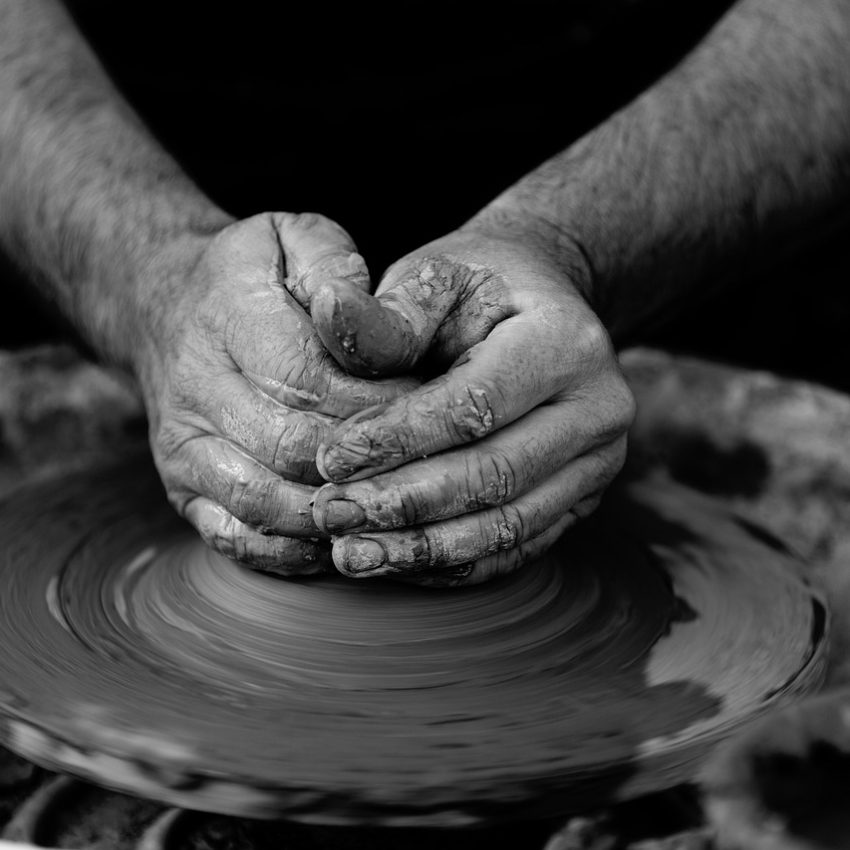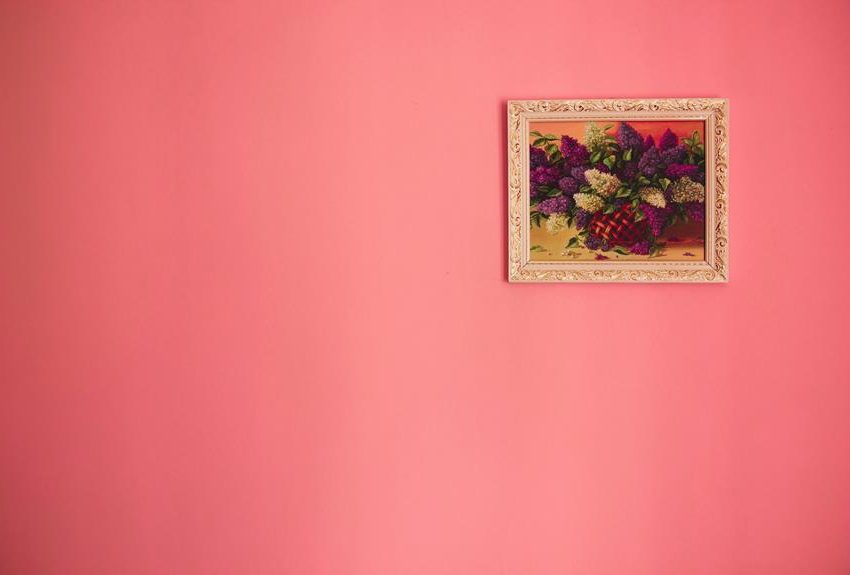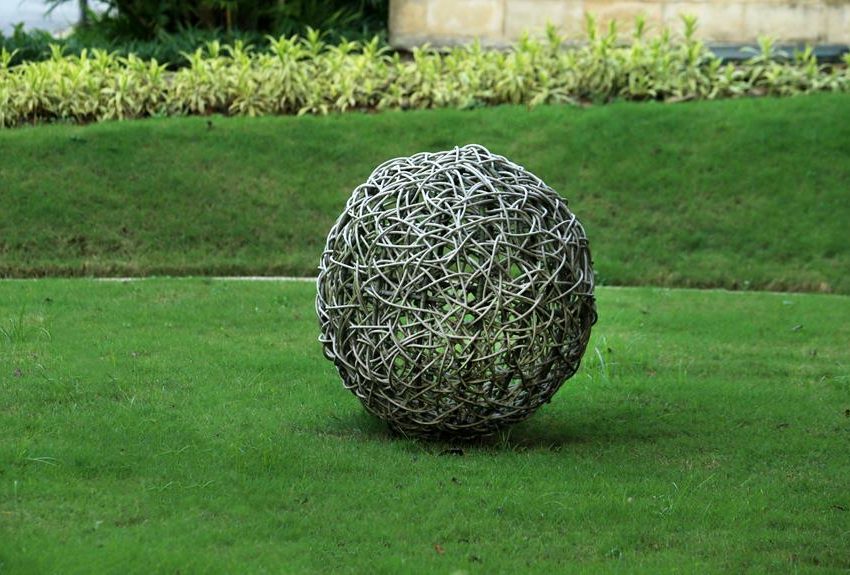Grow and Care for Skeleton Flower
Artistic Elements
The allure of the skeleton flower (Diphylleia grayi) strikes a chord with those who have a penchant for the whimsical and extraordinary in botany. With its enchanting ability to turn its petals translucent upon contact with water, this unique plant offers a glimpse into the marvels of nature that often remain hidden in plain sight. Growing and caring for skeleton flowers in your garden not only introduces an element of wonder but also immerses you in a horticultural challenge that is as rewarding as it is fascinating.
What Makes the Skeleton Flower a Translucent Botanical Wonder?
Understanding the Diphylleia Grayi's Unique Petal Translucency
The skeleton flower bears tiny white flowers that hold a secret—their ability to turn translucent when wet. This phenomenon is mainly due to the unique structure of the petals, which allows light to pass through them more freely when they are moist. The effect is a stunning transformation from opaque to a nearly glass-like appearance, making the “skeleton flower” name incredibly apt.
The Conditions That Cause Skeleton Flowers to Turn Translucent
Not every rainy day will witness the magical shift of the skeleton flower’s petals from opaque to translucent. This botanical wonder necessitates specific conditions to showcase its unique quality. Moisture and the proper lighting can make the petals appear as if they’ve vanished, leaving behind a skeletal framework of veins. This transformation occurs most strikingly in their native habitat under the canopy of deciduous trees, where the filtered light enhances their ethereal beauty.
Exploring the Magic: When Do Skeleton Flowers Bloom?
Skeleton flowers prefer the cooler temps and the moist, rich soil of their mountainous Asian and Appalachian Mountains range, blooming from late spring into early summer. The plant thrives under the shade of deciduous trees, with its bloom season introducing a gallery of tiny white flowers that await the enchanting change that moisture brings. But their allure doesn’t end with the blooms; bright blue berries follow the flowers, adding another layer of beauty to this unique plant as the growing season wanes into early autumn.
How to Grow Skeleton Flowers in Your Garden
Choosing the Right Soil and Location for Skeleton Flowers
To grow skeleton flowers effectively, gardeners must mimic the rich, well-drained, moist conditions of their native, mountainous terrain. The ideal humus-rich soil should promote good drainage, as standing water can harm the plant’s rhizome. A shady location under deciduous trees mirrors the skeleton flower’s natural habitat and protects the plants from too much direct sunlight, which can hinder their growth and bloom potential.
Seed Starting Tips: Growing Skeleton Flower from Seed
Growing skeleton flowers from seed can be a labour of love, as this method requires patience and attention to detail. Seeds should be sown in a cold frame in fall or early spring, ensuring they have moist soil and are shielded from strong sunlight. Germination is notoriously slow and unpredictable, adding to the mystique of successfully growing these unique botanical wonders from seed.
Perennials Care: Ensuring Your Skeleton Flowers Thrive
As a deciduous perennial, the skeleton flower requires specific annual care to ensure it survives and thrives year after year. After bloom, applying a layer of mulch can help retain soil moisture and protect the plant as it enters dormancy in colder months. Each spring, removing dead foliage to make way for new growth is crucial, as is replenishing the soil with organic material to sustain the plant’s vibrant life cycle.
Skeleton Flower Care: Best Practices and Mistakes to Avoid
Watering Requirements for Healthy Skeleton Flowers
The skeleton flower’s need for consistent moisture doesn’t translate to a tolerance for overwatering. Waterlogged conditions can quickly lead to root rot and other fungal diseases, threatening the plant’s health. Providing a balance—moist but well-drained soil—is critical, especially for the Regular, gentle watering that moistens the soil during the dry spells of early spring and summer, promoting healthy growth and the much-anticipated blooms.
Dealing with Pests and Common Skeleton Flower Problems
Fortunately, skeleton flowers are relatively resistant to pests and diseases. However, gardeners should still be vigilant for signs of trouble, such as yellowing leaves or stunted growth, as these could indicate problems with drainage or an infestation of pests. Practices like rotating crops and ensuring good air circulation around the plants can help maintain their health and keep common garden pests at bay.
When and How to Prune Skeleton Flowers
Pruning skeleton flowers is primarily about removing dead or decaying parts of the plant, particularly as it dies in winter. This tidies up the plant and encourages healthier growth in the following season. It’s an early time to prune early spring before the new growth starts. Gardeners should use this time to clear away last year’s foliage and cut back any parts of the plant that didn’t survive the winter, ensuring the plant has ample room to regrow.
Why Skeleton Flowers Are a Must-Have Perennial for Shady Gardens
The Perks of Having Skeleton Flowers Grow in Shaded Areas
The enchanting skeleton flower thrives in shady locations, making it a perfect candidate for areas under the canopy of deciduous trees or in parts of the garden that receive limited direct sunlight. Its unique translucent petals and the subsequent blooms of bright blue berries offer an intriguing visual contrast to the typically green foliage of shaded areas, enhancing the garden’s overall aesthetic. Their ability to grow in more relaxed, moist, well-drained environments makes them ideal for challenging shady spots where other plants might struggle.
Companion Plants: Enhancing the Beauty of Your Skeleton Flower Display
Pairing skeleton flowers with the right companion plants can significantly enhance the beauty of your garden. Ferns, with their lush greenery, form a beautiful backdrop to the delicate skeleton flowers, while hostas can complement the texture and colour of the foliage. Selecting plants that share similar moisture and light preferences will ensure the health of your skeleton flowers and create a cohesive and visually appealing garden design.
Winter Care: Preparing Your Skeleton Flowers for Dormant Months
Preparing your skeleton flowers for the colder, dormant months is crucial as the growing season ends. Applying a thick layer of mulch will help insulate the soil, maintaining a more consistent soil temperature and protecting the rhizome from freezing. This, coupled with decreased watering as the plant dies back, will ensure your skeleton flower emerges vibrant and healthy with the arrival of spring.
Deciphering the Enchanting Mystery Behind Skeleton Flowers Turning Translucent
Scientific Explanation: Why Do Skeleton Flowers Turn See-Through?
The skeleton flower dazzles with its mysterious transition from opaque to translucent petals, precipitated by the absorption of water. On a microscopic level, this transformation is thought to be due to the surface structure of the petals, which becomes more transparent when wet, allowing light to pass through them with minimal scattering. This unique adaptation serves as a captivating display and may protect the delicate petals from damage during rain, shedding water quickly once the weather clears.
Cultural Significance: Folklore and Myths Surrounding Skeleton Flowers
Across cultures, the skeleton flower has inspired a tapestry of folklore and myths, often imbued with meanings of purity, transformation, and the ephemeral nature of life. In some legends, the flower is considered a precursor of rain or an emblem of spiritual clarity and rebirth. Its fleeting beauty, seen only during the brief moments of rain, adds to its mystique, symbolising the transient yet profound moments that define our existence.
Photography Tips: Capturing the Ethereal Beauty of Skeleton Flowers in Bloom
Photographing the skeleton flower, especially during its transformation, requires patience and an understanding of light. A cloudy day or diffused morning light offers the perfect conditions, highlighting the petals’ translucency without overpowering the delicate details. A macro lens can help capture the intricate patterns of the veins. At the same time, a tripod will stabilise your camera for those extended exposures needed to capture the flower’s ethereal quality. With its fleeting beauty, the skeleton flower challenges photographers to capture a moment of botanical wonder that is as transient as it is captivating.
A Botanical Wonder
Welcome to the fascinating world of the skeleton flower, a unique plant with mysterious beauty and intriguing behaviour. This article explores the skeleton flower’s allure, offering insights into growing and caring for this botanical wonder. Whether you’re a seasoned gardener or a curious botanist, the skeleton flower promises to enchant and inspire.
What Is a Skeleton Flower and Why Is It Unique?
Understanding the Mystique of Diphylleia grayi
The name “skeleton flower” refers to the delicate and ethereal appearance of Diphylleia grayi, a deciduous perennial native to mountainous regions of East Asia and the Appalachian Mountains. The skeleton flower is famed for its tiny white flowers, which emerge beneath its umbrella-like foliage. This enchanting plant is not only a visual delight but also a subject of botanical interest, owing to its unique attributes and native habitat rich in organic matter.
How Skeleton Flowers Turn Translucent in the Rain
One of the skeleton flower’s most mesmerising features is its ability to turn translucent upon contact with water. When the petals of the skeleton flower are wet, their cell structure allows light to pass through more readily, creating a glass-like appearance. This remarkable transformation has enthralled scientists and garden enthusiasts, making the skeleton flower a sought-after specimen for its magical, rain-induced metamorphosis.
Deciduous Perennial: The Skeletal Framework
As a deciduous perennial, the skeleton flower exhibits a life cycle aligned with the seasons. It sprouts from a rhizome each year, flourishing under the canopy of deciduous trees and drawing nourishment from the rich, humus-filled soil of its native woodland environment. The foliage of the skeleton flower contributes to its skeletal moniker, with each leaf and petal adding to the plant’s distinctive structural beauty.
How to Grow Skeleton Flowers in Your Garden
Choosing the Perfect Spot: Shady and Moist Conditions
To successfully grow skeleton flowers in your garden, you must replicate their native mountainous conditions as closely as possible. A shady location with minimal direct sunlight and consistently moist, well-drained soil provides the ideal environment for these delicate plants. Growing skeleton flowers under the dappled light of deciduous trees can help mimic their natural habitat, promoting healthy growth and flowering.
From Seed to Bloom: Planting Skeleton Flower Seeds
Starting the skeleton flower from seed requires patience and attention to detail. Planting skeleton flower seeds in a moist, well-drained media during the early spring gives them a solid start. Germination can be slow, but once the seedlings emerge, they reveal the unique beauty of the skeleton plant. With time, these tiny plants will mature into the umbrella-leafed specimens known for their charming white flowers.
The Importance of Soil and Drainage
Soil quality and drainage are critical factors in growing skeleton flowers. The ideal soil is rich in organic material, mimicking the flower’s native, humus-rich forest floor. Good drainage is essential to prevent waterlogging, which can harm the rhizome. Incorporating organic matter into the soil can improve its structure, providing the skeleton flower with the perfect growing conditions.
Skeleton Flower Care Throughout the Seasons
Maintaining Moisture and Humus-rich Soil
Continued care for the Regular watering and the addition of compost or other organic material will nourish the plant, supporting its growth through the blooming season and beyond. This attention to the soil’s quality maintains the conditions for the skeleton flower to thrive.
When and How to Apply Mulch
Applying a layer of mulch around the skeleton flower can be beneficial in multiple ways. Mulch helps retain soil moisture, suppress weeds, and provide a steady supply of organic material as it decomposes. A layer of mulch laid down in early spring can protect the emerging shoots while refreshing this protective layer in the autumn prepares the plant for the colder months ahead.
Dealing with Dormancy: Preparing for Colder Regions
In colder regions, the skeleton flower enters a dormant phase. As winter approaches and temperatures drop, the plant dies back, retreating to its rhizome beneath the soil. Preparing for this dormancy involves ensuring the skeleton flower is well mulched and located in an area where the soil remains relatively dry during winter, preventing rhizome rot and setting the stage for a vibrant return in spring.
Maximising Bloom: When Do Skeleton Flowers Flower?
Tracking the Blooming Cycle: Early Spring Surprises
Skeleton flowers typically begin their blooming cycle in early spring, offering one of the season’s first floral surprises. The timing of the bloom can vary depending on the local climate and the specific growing conditions within your garden. Observing the plant closely and maintaining optimal conditions allows you to maximise bloom time and enjoy the skeleton flower’s unique beauty.
Extending Flower Longevity: Petal Care Tips
Gentle care of the petals is essential to extending the longevity of the skeleton flower’s blooms. Protection from the harshest midday sun, adequate watering, and avoiding mechanical damage will help preserve their delicate structure. Appreciating the petals’ ephemeral nature and transient beauty adds to the enjoyment of growing this unique plant.
Enjoying the Bright Blue Berries after the Bloom
After the bloom period, the skeleton flower produces bright blue berries, adding another layer of interest to this unique plant. These berries contribute to the garden’s aesthetic and provide sustenance for local wildlife. The cycle from tiny white flowers to translucent petals and then to bright blue berries encapsulates the botanical wonder of the skeleton flower.
Common Challenges in Growing Skeleton Flowers
Addressing Pest Issues and Protecting the Delicate Petals
While the skeleton flower is not particularly prone to pests or diseases, vigilance is necessary to protect its delicate structure. Gentle inspection of the leaves and petals can help identify any issues early on. Using environmentally friendly pest control methods is recommended to preserve the surrounding ecosystem and the health of the skeleton flower.
Dealing with Potential Foliage Diseases
Foliage diseases can threaten the skeleton flower, particularly in environments that do not replicate its native conditions. Ensuring good air circulation, proper drainage, and avoiding overhead watering can minimise the risk of diseases. Dead foliage should be removed promptly to prevent the spread of any potential problems.
Managing Deciduous Leaf Drop and Ensuring Year-round Interest
The skeleton flower’s deciduous nature means that it will lose its leaves in the fall, leading to a period of dormancy through the winter. Planning a garden with various plants that offer interest in different seasons can ensure that the beauty of your space is maintained year-round. Companion planting with evergreens or seasonal bulbs can complement the skeleton flower’s lifecycle, providing continuous allure in your garden.
Conclusion
In conclusion, the skeleton flower, known scientifically as Diphylleia grayi, is a remarkable and rare plant native to zones 4 to 9, hence the name. Its umbrella leaf and delicate network of veins make it a fascinating plant to behold, especially when its flowers dry and its petals become translucent upon contact with water.
This sensitivity to moisture and sunlight means it thrives in partial to complete shade, making it an ideal shade plant for gardens looking for a unique addition.
To acclimate the plants successfully, prepare the soil with plenty of compost and natural organic matter from fallen leaves, ensuring a constant supply of nutrients. Water it slowly and deeply to mimic its natural habitat, and consider using complete fertiliser every few years to support its growth.
Propagating skeleton flowers is best done by division, allowing gardeners to propagate this ethereal beauty for years to come.
As the flower dies back in winter, it reminds us of its sensitivity to the changing seasons, yet it perseveres, ready to bloom anew come spring. With its enchanting allure and unique characteristics, the skeleton flower has become a cherished addition to shady gardens, captivating all who encounter its mesmerizing beauty.





